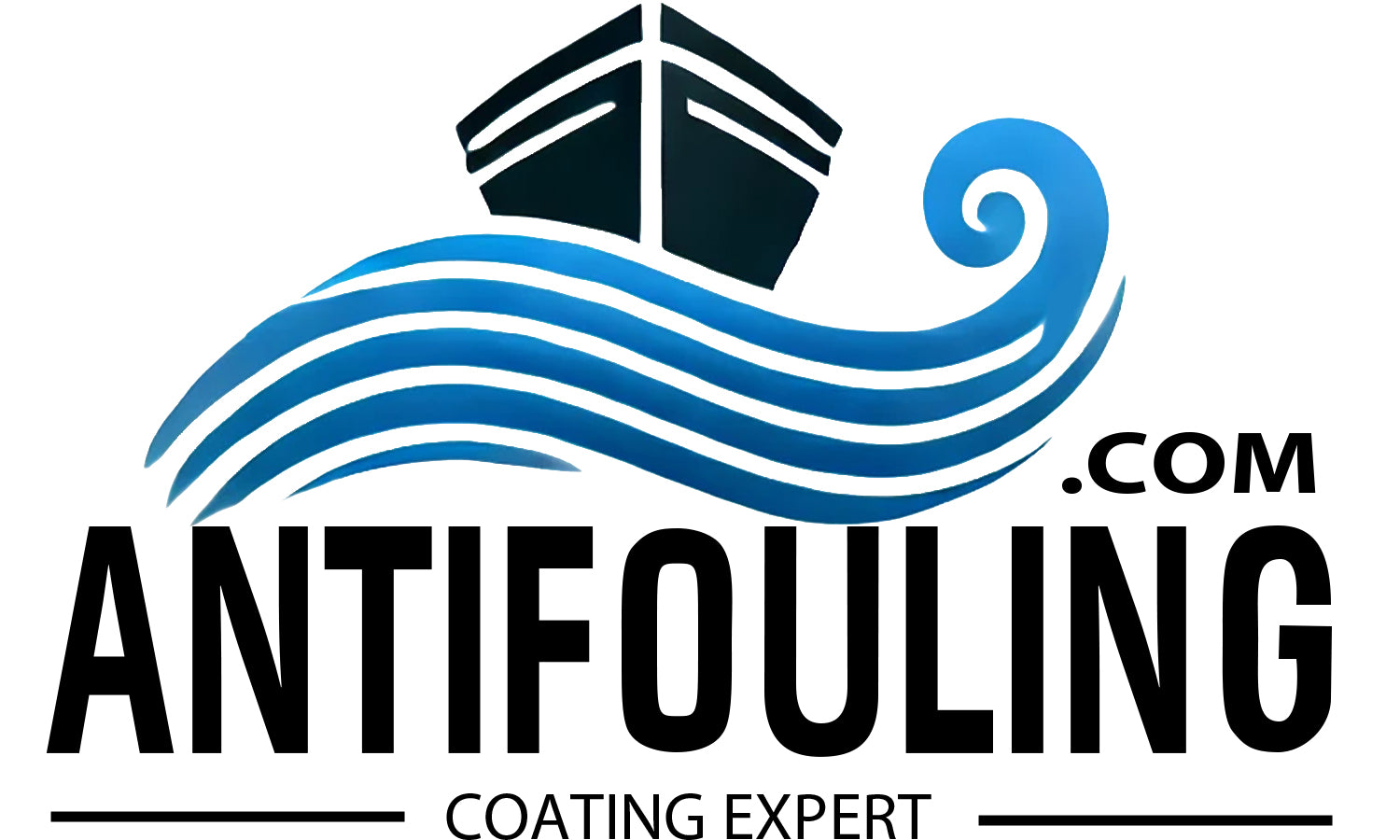Sports boats are characterized by speed, dynamism and intensive use. The requirements for antifouling are correspondingly high. In this article, you will learn which options are particularly suitable for sports boats and what advantages and disadvantages the different types offer.
Why is choosing the right antifouling important?
Recreational boats are particularly susceptible to growth due to their high speed and intensive use. Algae, mussels and other organisms can not only damage the hull, but also significantly affect handling characteristics and fuel consumption. Therefore, effective anti-fouling is essential to maintain the performance and efficiency of your boat.
Self-polishing antifouling: Ideal for active users
Self-polishing antifouling is an excellent choice for sports boats that are used regularly. The active layer wears off continuously, releasing fresh active ingredients. Advantages:
-
Consistent protective effect: Even with frequent use, the effect remains constant.
-
Efficient: Perfect for boats that stay mostly in the water.
Pro tip: Apply multiple coats of different colors. When the bottom color starts to show, you know a new coat is needed.
Hard antifouling: For trailer boats and high speeds
Hard antifouling forms a solid, resistant layer that is particularly suitable for fast motorboats and trailer boats. It offers:
-
Robustness: High resistance to abrasion caused by fast driving.
-
Long-term protection: One new layer per year is sufficient, especially before crane harvesting in spring.
However, hard antifouling should not be sanded over, as this can permanently damage the protective layer.
Biocide-free coatings: environmentally friendly, but maintenance-intensive
For pleasure boats in inland waters or environmentally critical zones, biocide-free coatings are an alternative. However, these require more frequent cleaning and maintenance. It is important to note:
-
Regular cleaning: Remove deposits during the season.
-
Multiple layers: Additional layers increase protection.
When and how often to renew?
Regardless of the type of antifouling, a new coat should be applied at least once per season. It is particularly useful to renew the antifouling before the start of the season in spring to ensure that your boat is optimally protected.
Conclusion: The best choice for your sports boat
-
Regularly used boats: Self-polishing antifouling provides dynamic protection.
-
Fast motorboats and trailer boats: hard antifouling guarantees durability.
-
Environmentally friendly: Biocide-free alternatives require more care but offer a sustainable solution.
The right choice depends on your individual requirements. If necessary, seek advice from an expert to find the optimal antifouling for your sports boat!

Share:
Can you paint over antifouling?